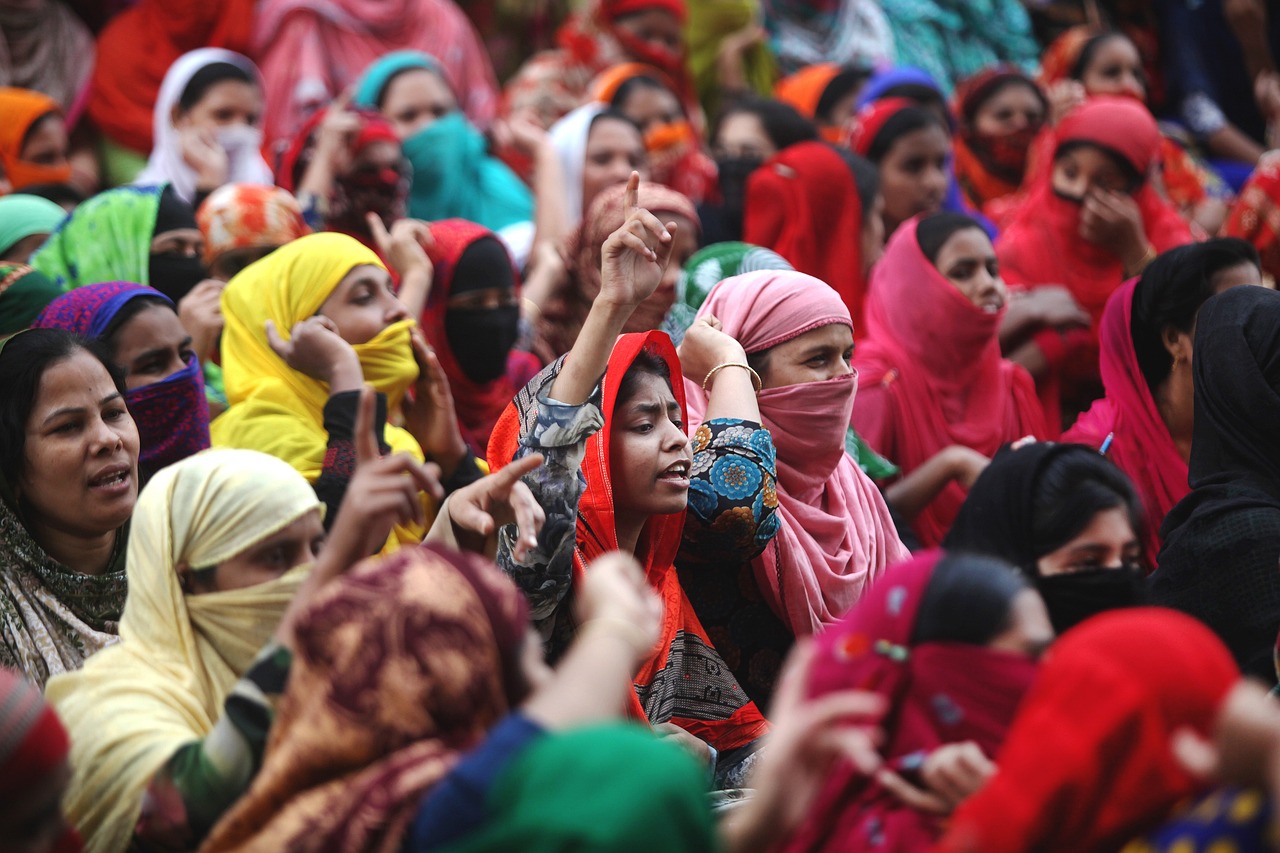Overview of the Garments Industry in Bangladesh
- Major Export Sector: Bangladesh is one of the world’s largest exporters of ready-made garments (RMG). The industry is crucial for the country’s economy, accounting for over 80% of its total exports and contributing significantly to GDP.
- The sector employs millions of workers, mostly women, providing livelihoods to a large segment of the population. It is a major source of income for many families in the country.
- The garments industry began to take shape in the 1970s and 1980s, with initial growth driven by the establishment of garment factories and the adoption of favorable trade policies.
- The industry experienced rapid growth in the 1990s and 2000s, fueled by international demand, investment in infrastructure, and the implementation of policies encouraging foreign direct investment.
Bangladesh’s garment sector is known for its extensive production capabilities, including knitwear, woven garments, and denim. It has a robust supply chain and manufacturing infrastructure.
- The industry is competitive due to its cost advantages, such as low labor costs, which allow it to offer high-quality products at competitive prices.
- The industry has faced criticism over labor conditions, including low wages, poor working environments, and safety issues. High-profile incidents, such as the Rana Plaza collapse in 2013, highlighted these concerns and led to increased international scrutiny.
- There are growing concerns about environmental sustainability, including waste management, water usage, and carbon footprint. The industry is gradually adopting more sustainable practices and technologies.
- In response to international pressure and consumer demand for ethical practices, many factories are improving safety standards and labor conditions. The industry has seen increased investment in worker training, safety protocols, and compliance with international labor laws.
- The adoption of modern technology, such as automation and digital tools, is enhancing production efficiency and quality. Efforts are also underway to improve supply chain transparency and traceability.
- Major export destinations include the United States and European Union countries, which account for a significant portion of Bangladesh’s garment exports.
- The industry is also exploring opportunities in emerging markets and expanding its global footprint.

- The Bangladeshi government has introduced policies to support the growth of the garment sector, including tax incentives, infrastructure development, and export promotion.
- Organizations such as the Bangladesh Garment Manufacturers and Exporters Association (BGMEA) and the Bangladesh Knitwear Manufacturers and Exporters Association (BKMEA) play crucial roles in representing industry interests and advocating for reforms.
- The industry is focusing on diversifying its product range and moving up the value chain by producing higher-value items such as technical textiles and fashion garments.
- There is an ongoing push towards sustainable practices, with a focus on improving environmental stewardship, ethical labor practices, and corporate social responsibility.




